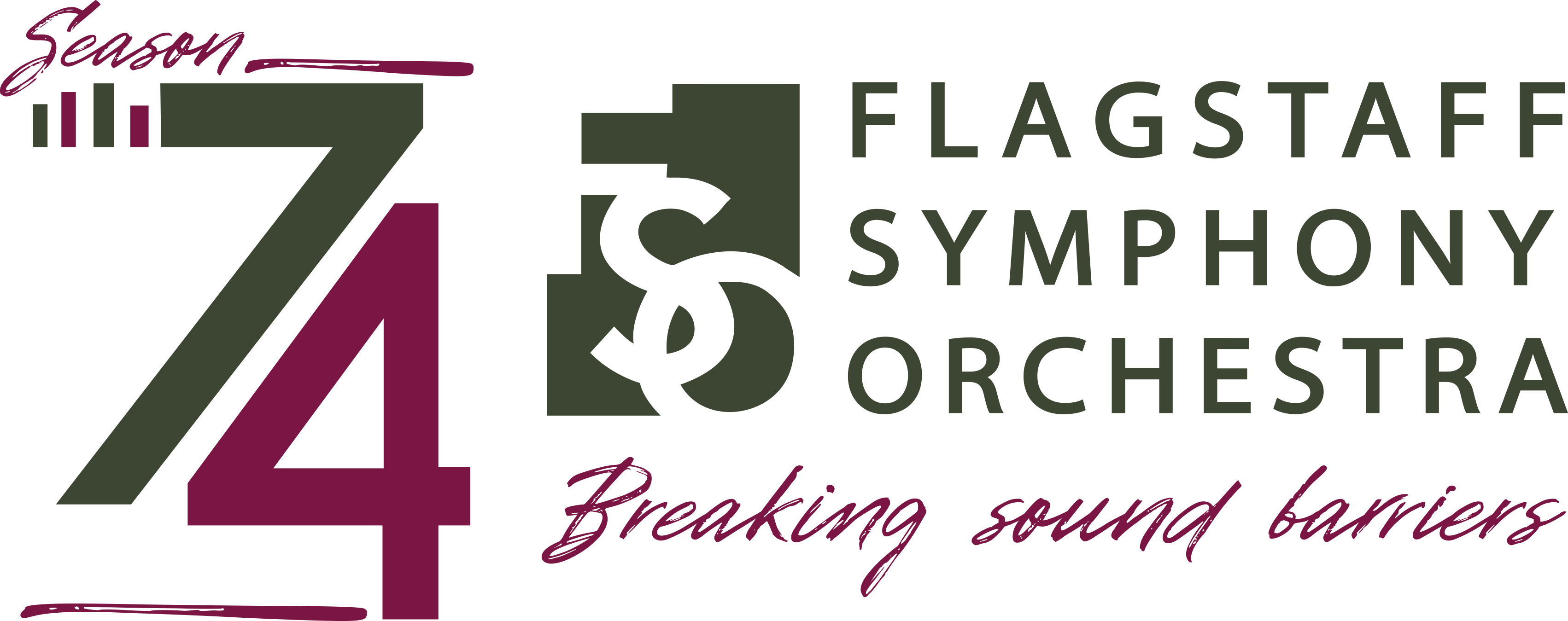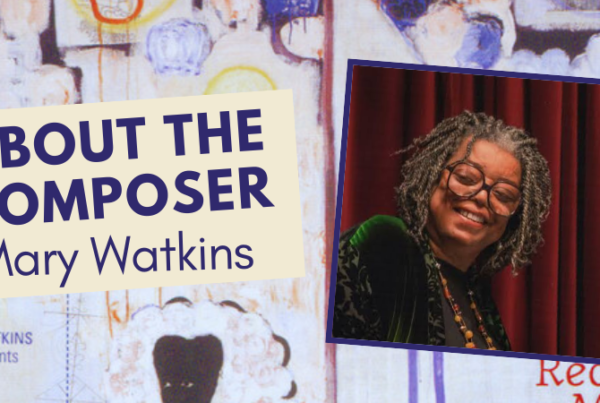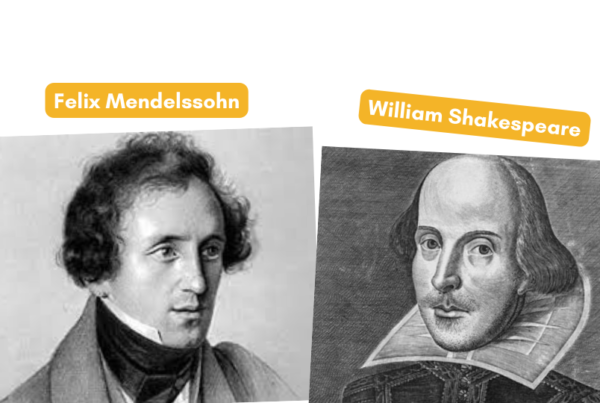Flagstaff’s own NAU Elden Brass Quintet highlights the program of the final concert of the Flagstaff Symphony Orchestra season, on Friday, April 26. Music Director Charles Latshaw conducts the performance in Ardrey Memorial Auditorium on the Northern Arizona University campus, beginning at 7:30 pm.
Maestro Latshaw presents a bold contemporary program featuring music from the twentieth century. From the magical dissonance of Clint Needham’s The Body Electric to the amorous melodies of Shostakovich’s “Romance” in the final suite, the audience will experience the full tonal capabilities of the FSO. As always, Mr. Latshaw invites the audience to attend a pre-concert conversation at 6:30.
Inspired by three fragments from ”I Sing the Body Electric,” the 1855 poem from Leaves of Grassby Walt Whitman, Clint Needham set abstract music to convey their moods. The piece is described as “a pastiche of beautiful, string-filled cinematic passages.” The Philadelphia Inquirer deemed Needham’s music “easy to smile at,” and he has been lauded for “his use of the orchestra’s various colors.”
Needham wrote The Body Electric in 2009 at the age of 24 for the Wellesley College Composers Conference. He holds his doctorate from Indiana University, where he was a four-year Jacobs School of Music Doctoral Fellow in composition. The holder of numerous awards, he is composer-in-residence and associate professor at the Baldwin Wallace Conservatory of Music in Berea, Ohio.
For “Shadowcatcher,” composer Eric Ewazen (born in 1954) selected four images taken by the acclaimed photographer Edward Curtis, who documented the American West in the early 1900s. Americans were fascinated by Curtis’s pictures, which provided many with their first glimpses of Native Americans. (He was named “Shadowcatcher” by his native subjects.)
The four movements are Ewazen’s impressions of very different native cultures recorded by Curtis’s camera: Tewa (“Offering to the Sun”), Chippewa (“Among the Aspens”), Navajo (“The Vanishing Race”) and Pacific Northwest Kwakiutl (“Dancing to Restore an Eclipsed Moon”).
The 65-year-old composer is a graduate of the Eastman School of Music and The Juilliard School, where he earned his master’s and doctorate degrees. Shadowcatcher, written for brass quintet and orchestra, is regarded by many critics as one of his finest compositions.
The NAU Elden Brass Quintet, composed of university faculty members who also lend their musical voices to the FSO ensemble, is featured with the orchestra for this work. Trumpeters Stephen Dunn and Cindy Gould, Nancy Sullivan, horn, David Vining, trombone, and Benjamin Ordaz, tuba, form the quintet.
Retreating slightly backward in time for the concert finale, the orchestra will land in 1955, for a work by Russian composer Dmitri Shostakovich (1906-1975). One of the major composers of the 20th century, Shostakovich wrote 15 symphonies, 3 operas, and a multitude of other works.
He has been called “the Russian John Williams of his day,” because of his fondness for writing filmtracks, more than 30 between 1929 and 1970. Shostakovich got hooked on movies while a teenager, when he played the piano in a theater to accompany silent films. It is said that he lost that job because he would sometimes burst out in laughter or react in some other way to what was happening on the screen.
Suite from The Gadfly consists of twelve brief movements, the best-known of which is “Romance” which is sometimes played alone as a concert piece because of the popularity of its theme of love.
This performance concludes the Flagstaff Symphony Orchestra’s 69th season. For information and tickets, contact flagstaffsymphony.org or the NAU Central Ticket Office, 523-5661.
ABOUT THE FLAGSTAFF SYMPHONY ORCHESTRA
The mission of the Flagstaff Symphony Orchestra is to enrich, engage, and inspire our community through the performance of orchestral music. Founded in 1950, the FSO is a regional orchestra of more than 60 musicians that annually reaches an audience of more than 14,000. In its 69th season, it is the largest and most active nonprofit performing arts organization in northern Arizona.



